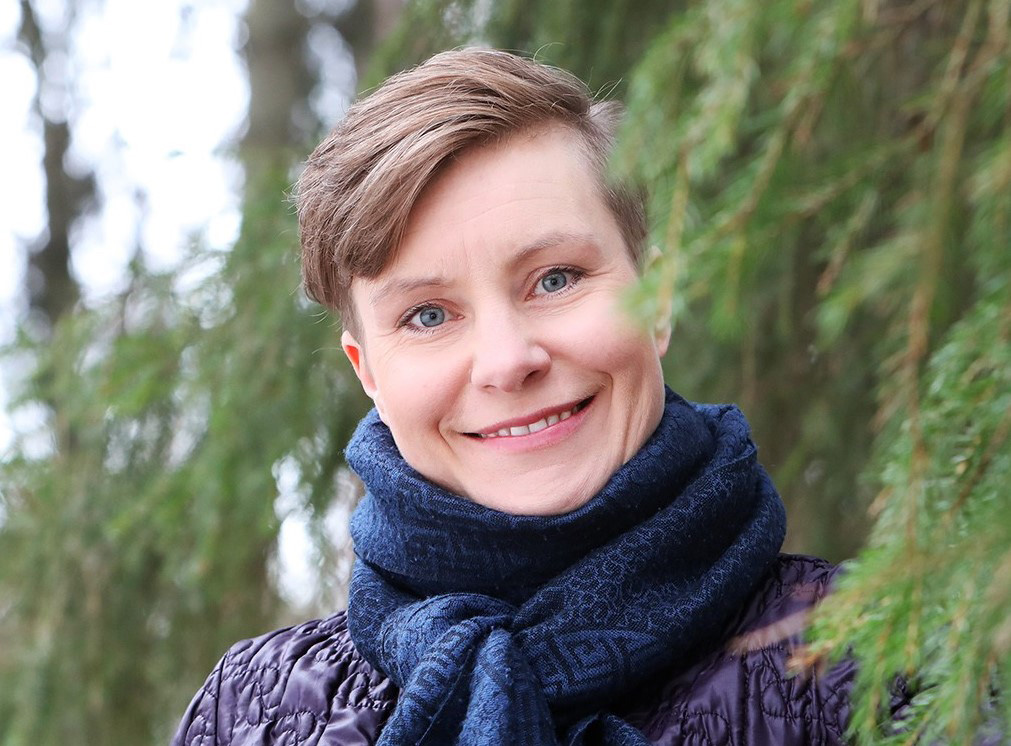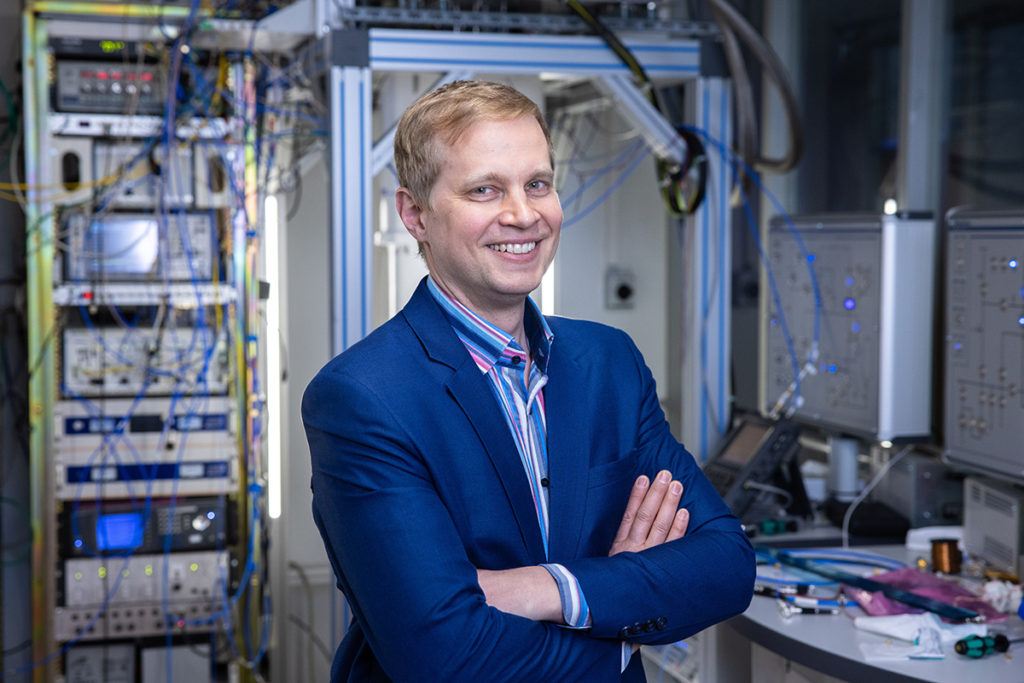Almost all new industry innovations grow out of frontline research. But how do researchers and academia benefit from their collaboration with industry partners? We asked some scientists and researchers how they had benefited from stepping outside the academic world.
“There’s been very little research on emissions in northern environments, even though the climate here is completely unique. This project will allow us to show how our short growing season and topsoil freezing and thawing impact emissions.” Mari Pihlatie, Professor of Environmental Soil Science at the University of Helsinki, says that at the moment, this information is not available anywhere.

Pihlatie is currently working on a joint project between the University of Helsinki and Valio to produce completely new information about nitrous oxide emissions from dairy production.
Understanding and cutting the carbon footprint of milk production requires in-depth knowledge about true greenhouse gas emissions from dairy farming. To this end, the University of Helsinki and Valio have turned their focus to studying nitrous oxide, which contributes significantly to dairy production emissions yet has largely been overshadowed in research by carbon dioxide.
The collaboration between the university and Finland’s biggest diary producer has made it possible for the project to conduct regular measurements at the SMEAR-Agri station in connection with the University of Helsinki Viikki campus and at Valio grassland farms around the country. The project’s academic goal is to report the findings in leading journals in the field.
What does research-driven cooperation with industry mean?
A 2021 survey conducted by FRIF found that while industry does often work closely with academic research, this cooperation is often driven by business needs. This means that research questions are typically formulated on the basis of business interests and that only the business partner will have access to the results. There is no open exchange of information between the business and the surrounding society.
The Tandem Industry Academia (TIA) funding programme launched by the Finnish Research Impact Foundation in 2019 aims to create a different kind of setting.
Chairman of the FRIF Board, Mr Lauri Oksanen explains: “Government funding for research cooperation in Finland has been heavily geared to supporting market-driven cooperation, but we want to support industry collaborations that are grounded in researchers’ interests and that have the potential to generate creative new innovations.”
Professor Pihlatie’s project has received TIA funding worth over 200,000 euros. The purpose of the grant is to support academia-industry cooperation that is grounded in research interests and considerations.
The terms and conditions of TIA funding are such that the results of cooperation remain accessible to the academic community and thereby society at large. Likewise, the research results are accessible not just to the industry partner but to all businesses, meaning that on completion of the project the research can also be shared by some other party.
To date a total of 36 projects have received TIA funding. Applicants stress that industry cooperation brings multiple benefits, including the opportunity to refine research ideas, to integrate different disciplines and to pursue a common goal on a level playing field.

“This funding will facilitate the university’s collaboration with business partners through the individual appointed to the position. This is why it’s an ideal way of exporting results produced in academic research into business companies’ products.”
– Mikko Möttönen, Professor, Aalto University & VTT
“This funding programme is a great way to combine both business and research interests. It’s also well-aligned to support our project idea as a whole. The project, its results and outcomes will benefit the business partner, the academic world and society as a whole.”
– Mika Komppula, principal investigator, Finnish Meteorological Institute
“The business partner cannot be content with knowing that the technology works in theory. It also has to work in practice. I get feedback from every version I develop, and that helps me improve the technology further. This is the kind of work you’d never get done without a company that needs to put the technology to practical use.”
– Tommi Jauhiainen, postdoc researcher, University of Helsinki
How to build a research-driven joint industry project: three tips
- When you talk to a potential industry partner about your research subject, step into their shoes. What’s useful and interesting about your research from their point of view? What common interests and prospects do you potentially share?
- Define a clear set of goals for collaboration from the point of view of both the industry partner and academia: what benefits will there be for both parties? To this end, it’s important to have a well-defined research question. The research subject, too, must be defined closely enough so that it can be properly covered during the two-year project term.
- Contact the industry partner well ahead of time to agree on practical matters, such as in-team communications and the monitoring of project progress. Also, talk openly open about any risks involved.
Join us to learn more useful tips about planning industry cooperation at the TIA application info on 1 March 2023, starting at 9:30 am. Read more and register.

